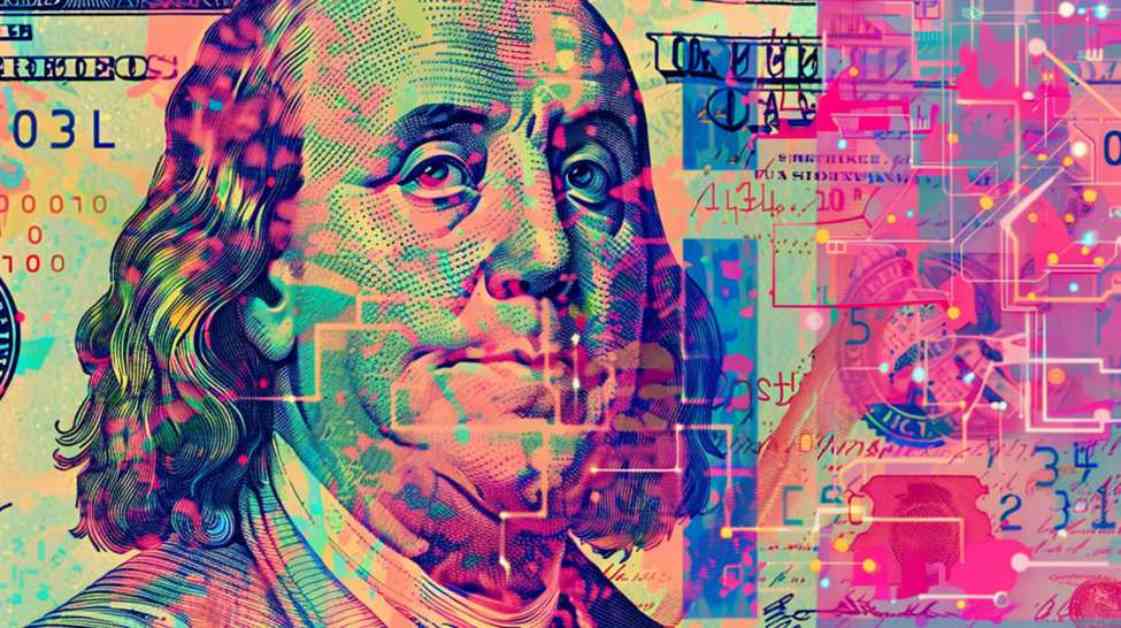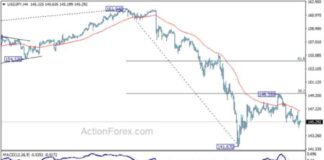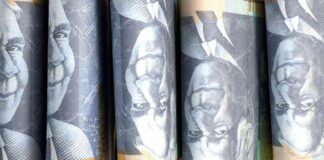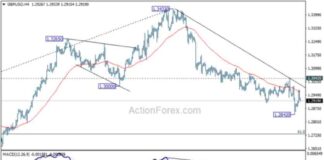The US dollar speculative positioning has turned short for the first time since February, signaling a potential shift in market sentiment towards the greenback. The recent strength of the US dollar has been largely driven by the concept of ‘US exceptionalism’, which is characterized by stronger economic growth and higher interest rates compared to other major economies. However, recent comments from Federal Reserve Chairman Jerome Powell have cast doubt on the sustainability of this narrative.
US Exceptionalism and Dollar Strength
For years, the US dollar has been perceived as a safe haven currency due to the country’s economic strength and stability. The concept of ‘US exceptionalism’ has underpinned the dollar’s strength, with the belief that the US economy would continue to outperform its peers. This has translated into higher interest rates in the US, making the dollar an attractive investment choice for many investors.
The stronger growth narrative in the US has been a key factor driving the dollar’s appreciation in recent years. Despite concerns about a widening budget deficit, the US economy has continued to grow at a robust pace, outperforming many other major economies. This has fueled expectations of further interest rate hikes by the Federal Reserve, which has further supported the dollar’s strength.
Jerome Powell’s Comments
However, recent comments from Federal Reserve Chairman Jerome Powell have raised questions about the future trajectory of US interest rates. Powell has indicated that the Fed may not tolerate a rise in inflation above 4.4%, signaling a more dovish stance on monetary policy. This has led to speculation that the Fed may cut interest rates even in the face of strong economic growth, which has prompted a reassessment of the US dollar’s outlook.
Powell’s comments have introduced a degree of uncertainty into the market, as investors grapple with the implications of a potential shift in Fed policy. The prospect of lower interest rates in the US has weighed on the dollar, as investors adjust their expectations for future monetary policy. This has led to a broad softening of the US dollar against other major currencies, as market participants reassess their positions.
Market Reaction
The shift in speculative positioning towards the US dollar is significant, as it indicates a change in sentiment towards the currency. For the first time since February, investors are turning short on the dollar, reflecting a more cautious outlook on the currency’s prospects. This shift in sentiment could have broader implications for the foreign exchange market, as the US dollar plays a central role in global currency dynamics.
The US dollar’s recent weakness can also be attributed to factors beyond Fed policy, such as geopolitical developments and trade tensions. The ongoing trade dispute between the US and China has created uncertainty in the market, which has weighed on the dollar. In addition, concerns about slowing global growth have also contributed to the dollar’s softer tone, as investors seek safer assets amid heightened volatility.
Despite the recent softening of the US dollar, it remains to be seen whether this trend will continue in the coming weeks. The currency’s strength is closely tied to US economic performance and monetary policy, both of which are subject to change. As the Fed reassesses its approach to interest rates, the dollar’s outlook could shift once again, depending on how economic data evolves.
In conclusion, the US dollar’s speculative positioning has turned short for the first time since February, reflecting a change in market sentiment towards the currency. Jerome Powell’s comments on Fed policy have prompted a reassessment of the dollar’s outlook, leading to a broad softening of the currency against its peers. While the dollar’s recent weakness can be attributed to a variety of factors, including trade tensions and global growth concerns, the currency remains a key player in the foreign exchange market. As investors continue to digest the implications of Powell’s remarks, the future trajectory of the US dollar remains uncertain.

















